Designer Hak Soo Ha joined Hyundai eight years ago in 2015, shortly after the company’s design thinking began to evolve and, importantly, its market share started to gather steam.
Recently, I was able to interview him on a number of topics, from the popular trend of reimagining older Hyundai production models into Heritage Series concepts, to designing for people with disabilities, and the unique advantages of micromobility solutions that may be integrated into our vehicles…someday.
Now Vice President of Design Hyundai Motor Company, he helps to lead Hyundai into the future, one project at a time.
Michael: Hak Soo Ha, thanks for this interview; can you introduce yourself and share your current role?
HSH: So, I joined Hyundai in 2015 as a director of interior studio for passenger vehicles, and also in a dual role as the head of design for commercial vehicles. As of April of last year, I was newly appointed as a head of a design studio in Irvine, California.
Michael: Okay. And how’s that transition been from 2015 to now? From a design perspective, what has been changing and percolating within the company?
HSH: Well, when I first joined the company, I guess that’s, uh, that was the tail end of a good old way of designing cars. Meaning, you know, every so many years you get to design the facelift or the next generation. And you just simply have to make it better than the previous one. Very straightforward, easy. And then, you know, everything that we know today happened1…and the paradigm shifted, and then the whole ecosystem of mobility started changing. So it’s no longer making the next car better than the last car.
You get to really dig deep into the questions of foundation for the vehicle, the philosophy, you know, how people use the car, what car means to, you know, people and society.
Michael: I was doing a bunch of research into recent Hyundai design and I saw this Neptune semi truck concept you judged in 2020…
HSH: Neptune, mm-hmm.
Michael: And what I was really fascinated about was that it had the micro mobility solution built into it, the little e-scooter. Is that sort of thing—are these the kind of solutions you’re seeing now more coming from your designers?
HSH: Yep. You know, even with the launch of the Ioniq 5, we actually were planning to have a little foldable e-scooter to go with the car, because we believe in mobility freedom, and efficiency of moving. And sometimes you might be quicker moving by a small scooter two-wheeler than trying to take your car, you know?
Michael: Yeah, definitely. And actually, um, I’m kind of shifting the subject a little bit on the Ioniq 5, but I wanted to ask you about interior design as it relates to vehicle to home charging. Is there any consideration to the interior of a car when it may be used as something that’s powering a cabin or as something like a third space sort of thing?
HSH: Yeah. You are familiar with the Ioniq 5 interior, right?
Michael: Yes.
HSH: You no longer have the center tunnel and we are able to push the firewall further forward, and whatever that used to be on this side of the firewall, like the HVAC unit or whatever, now you are able to move it to the other side.
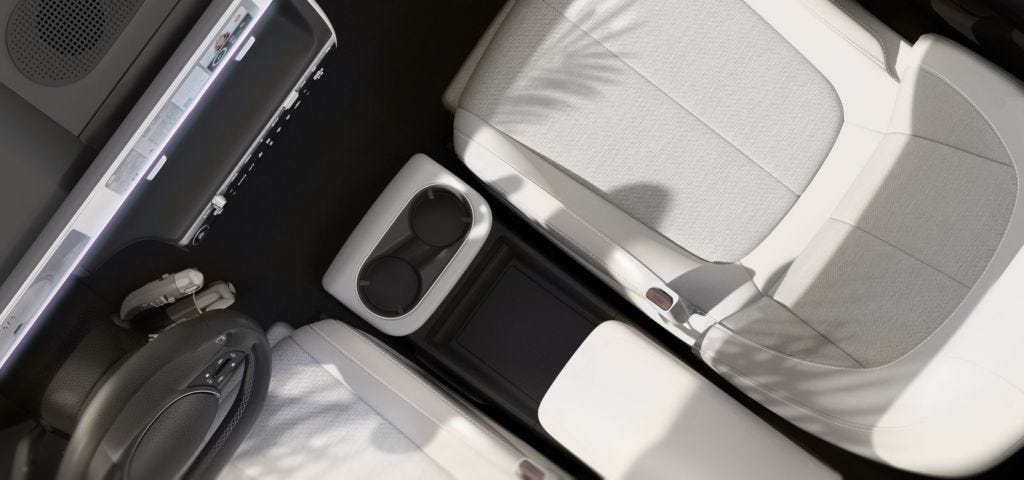
So you really kind of gain this ample space, and then there’s a whole lot of other things that you can do. So we really thought about charging as a kind of—the big challenge for the interior of electric cars. So we considered adding a zero-gravity seat, and when you tilt on the zero-gravity seat, your body goes a lot further back, but yet you want to use cup holders and whatever.
We made the console removable, or to slide, and in order for that to happen, the shifter had to go to on the column. We also thought about, well, you know, while the car is being charged, maybe people don’t want to stay in the car—maybe they want to run their errands or whatever.
So if we provide it with little scooter or a little two-wheeler, like a micro, last mile mobility vehicle, then it can really expand the usage of the electric car…even while the car itself is stationary.
Michael: Speaking of the next generation of interiors, what is the design process like when you’re considering people with disabilities? In vehicles, especially with, touchscreens and, ingress and egress, how does that factor into your process?
HSH: That’s actually a very good question. Um, so, you know, we try to have a lot of redundancy, especially with technology. It’s allowed us to have like the touch screen, but we still have conventional analog buttons. And now we are adding more and more voice command features, but we all understand that at some point somebody might have some kind of a impairment or limitation of accessing a certain function.
So yeah, we’re trying to have a lot of kind of redundancy built in, and also we’re trying to maximize the packaging of each of our vehicle. So with the outside dimensions, we try to make our cars as big as possible inside with the most interior space, but also biggest opening possible, so the ingress and egress is easy.
Michael: And do you have—is there a set of dimensions that you would work with, or are there like suits that you would wear to impair the design team? Or is there a focus group for this aspect that everything goes through? I’m just kind of curious of the process.
HSH: I guess we’re not being so specific about covering all the user case scenarios. But in Korea, at least, we have done a study that we don’t have here in North America. We actually did a very in, in-depth study. And out of that we have a conversion version for wheelchair access and everything. And also for during the pandemic, we had a car concept [waves hands behind us] with, uh, like a divider.
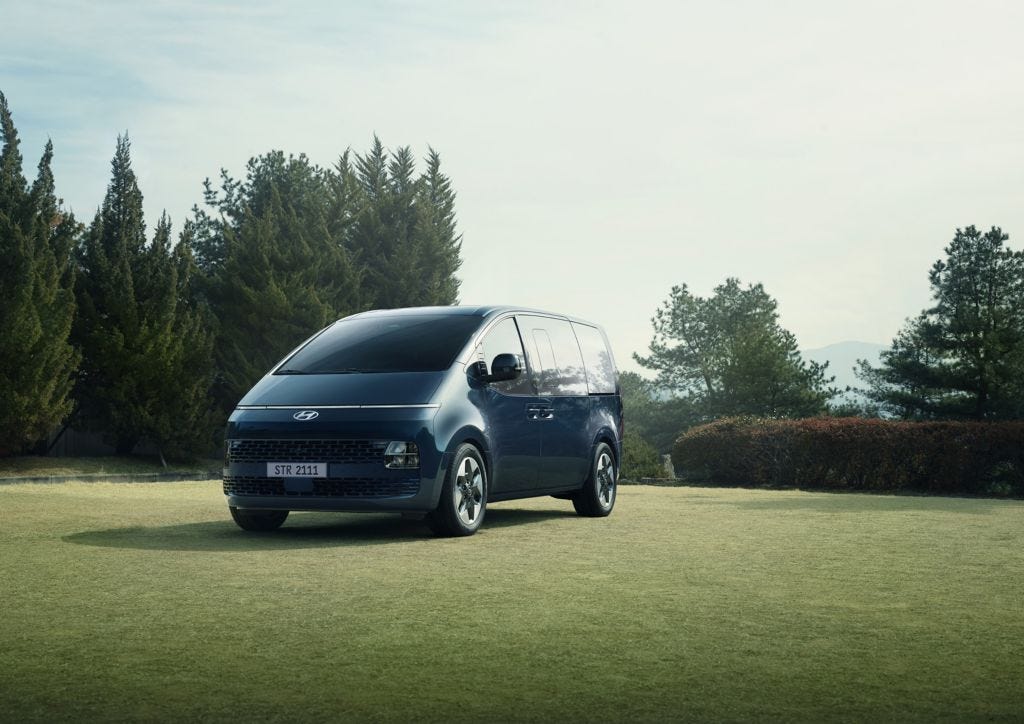
Michael: Oh, okay. Was that the Staria—it's such a good looking van!
HSH: Yes.
Michael: But yeah, I think it’s really smart and important to offer those models for persons with disabilities. Because usually conversions are done by third party…and you never know if they modified the structure in a bad way or they’re doing something that they shouldn’t be doing.
HSH: So yeah, we’re trying to work with our partners in tier two, tier three suppliers so that they can do a conversion within the means of our Hyundai brand standard.
“…when you put all the same input data: electrification, circularity, conscious environmental efforts, everything, then the outcome is very similar in every company coming up with the same solutions. We wanted to have our own color, our own direction. So that’s why we started to pay homage to our past…” -HSH
Michael: I was really interested to speak with you about the Heritage Series, I quite love those vehicles. Back when those cars were new, you know, the features were like two headlights and a steering wheel—even the Grandeur didn’t originally have a ton of features in it. What’s the difficulty from a designer’s point of view on trying to integrate modern screens and technology within a vehicle and body shell and styling that wasn’t designed for it?
HSH: You seem like you’ve done quite a bit of, uh, you know, homework. [Points to Michael’s iPad] This project, this is the Pony, right?
Michael: Yeah.
HSH: So this project started right after I did a project for the Mobility Vision. And it was basically a car and home coming together—and also separating—because after level four autonomous, you no longer have to drive the car, so it could really become extension of your home.
And when we did that, and we placed all the touch screens…it just stopped being fun, it stopped being a car.
So at that point, I just wanted our designers have an opportunity to think about merging together this crude analog kind of tactile feeling to the digital. And so with the [Pony Heritage Series] exterior, we didn’t touch the sheet metal, but only the details.
Then on the interior, it had a kind of like an older kind of theme, but all the components were swapped out to be very modern and very high tech. This was just our research to how can we best mix the digital and analog and come up with something new and different.
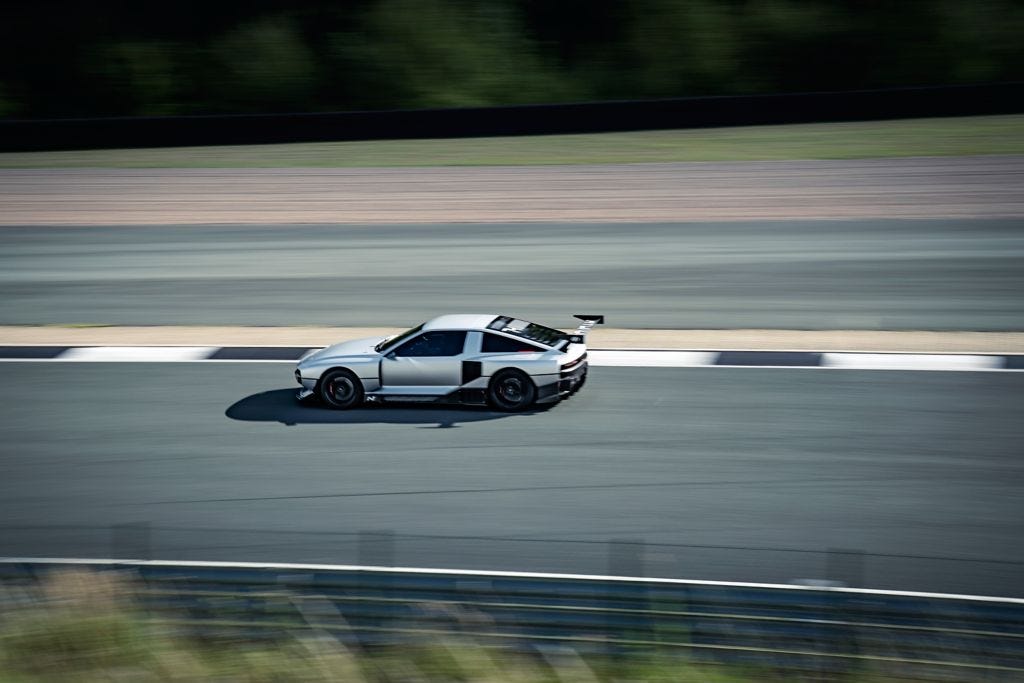
From here, things kind of went on to the Grandeur and now we have that N Vision 74. And we actually did complete the, um, the Galloper as well. That one had a really cool “digital nomad” concept. So on the wheel actually, you have a lot of functions, almost like an F1 car. But it’s almost like your house controls too. You can control the lights, you can set up your camera for your video conference…
Michael: That's really neat.
HSH: It’s got wood trim, and everything is really nice inside. Unfortunately, some of our very cautious people inside thought that there might be a copyright issue with Mitsubishi because the outside is Mitsubishi. So it’s all put on hold from being shown to the outside, but I think it might still come around.
Michael: I hope it does, I really do. Um, there’s a company in South Korea, Mohenic Garages, and I think for a time they were refurbishing old Gallopers. Kind of like Icon.
HSH: Exactly. But, that company went under.
Michael: Yeah, that’s what it looked like, unfortunately. So since 2015, have you been seeing this push within both inside Hyundai and the larger, you know, design community in Korea starting to embrace the heritage and the history and the design archive aspect? There’s even been entities like the Pony Chung Foundation and FOMA starting up. What’s that been like to see?
HSH: So, our current chairman is the third chairman. When his father still was in control, uh, I guess him and the Pony Chung, you know—maybe there might have been some kind of political friction or divide happening. It happens. So mentioning of Pony was a bit of a taboo, ah, or politically incorrect. But, you know, our current chairman, he’s very inclusive.
The timing worked out that, you know, we came up to the 50 year anniversary of our company. A lot of things are going into the future, but when you put all the same input data: electrification, circularity, conscious environmental efforts, everything, then the outcome is very similar in every company coming up with the same solutions. We wanted to have our own color, our own direction.
So that’s why we started to pay homage to our past, and kind of look deeply into our heritage. And that kind of helped us to kind of project these things into our own future. And I think it—the identity—definitely shines through in the right way.
Michael: So then what was the first sign for you that, that Hyundai was getting cool again?
HSH: You know, that’s kind of like what Jim Collins talks about in Good to Great. He talks about his flywheel and the companies that were okay and at some point they became great. And you go to them and you interview them and ask them, “What happened?” [Collins] compares it to a flywheel. The first turn from like a dead stop to first turn is very difficult and slow. And the second turn is, slow still and slowly gains momentum and then starts to spin really fast. And you go ask them: “So which turn was the key?”
Michael: Right, there's no answer. The key is starting and continuing.
HSH: Exactly. So, from the inside, nothing really changed. You know, it’s work as normal, but with all the cumulative efforts, some good decisions, good timing, bit of a luck, and little bit of encouragement from the customers, I think that all kind of contributed to, you know, where we are today.
Michael: Interesting, interesting. So what was your impression of the brand before you joined?
HSH: I was at Ford before joining Hyundai. And, uh, my last few years, like, uh, from 2005 to 2010, all of a sudden we were benchmarking a lot of Hyundai cars for their fit and finish and execution. And so, I knew something was brewing in the company. And when I joined in 2015, it was a quite a bit of challenge. It was a quite a pressure cooker, very challenging.
But after a few years, I came back to visit Michigan and my old colleagues, and it felt like they were stuck in a time capsule. Whereas I really moved on. The corporate culture at Hyundai is sometimes borderline chaotic because so much is happening all the time.
Michael: With all the Hyundai models now out there, what is your pick for like the underdog Hyundai model from the past that a lot of people don't maybe consider in a design context?
HSH: Well, our very first Pony. I spoke to some Canadian journalists and they always saw it as just a failure. But when you go and look at it, you know, when Hyundai started, they didn’t have any in-house design function. And even if they had a few designers, they really certainly didn’t have knowledge or expertise to carry out the full production feasibility.
So Hyundai outsourced the design to (Giorgetto) Giugiaro, who designed that Pony. And you know, the more we look at the car, even today, there’s a lot of this Giugiaro wisdom and, you know, this art of designing a vehicle.
Michael: Good answer! Last one. It’s been amazing watching the rise of software as a service. How does that integration—I know you only have one minute left—but does that software integration come early in the process when, vehicles are being envisioned and planned, because I know that software takes so much time to create…?
HSH: It’s not happening fast enough for our liking because the department has to deal with the cybersecurity and the communication of all the components. So I mean, ideally, we would like to make the interior of our vehicle just like, uh, “Alexa,” you know, where everything can function by voice or Bluetooth or whatever, but we're not there yet.
Michael: Understood. Thanks for your time today, it’s been really interesting talking with you.
Thanks to Hyundai Canada for setting up this interview at the Canadian International Auto Show.
He’s referring here to the Hyundai design team’s evolution, with leaders like Peter Schreyer, SangYup Lee, Luc Donckerwolke, and others joining the company at around the same time. ↩

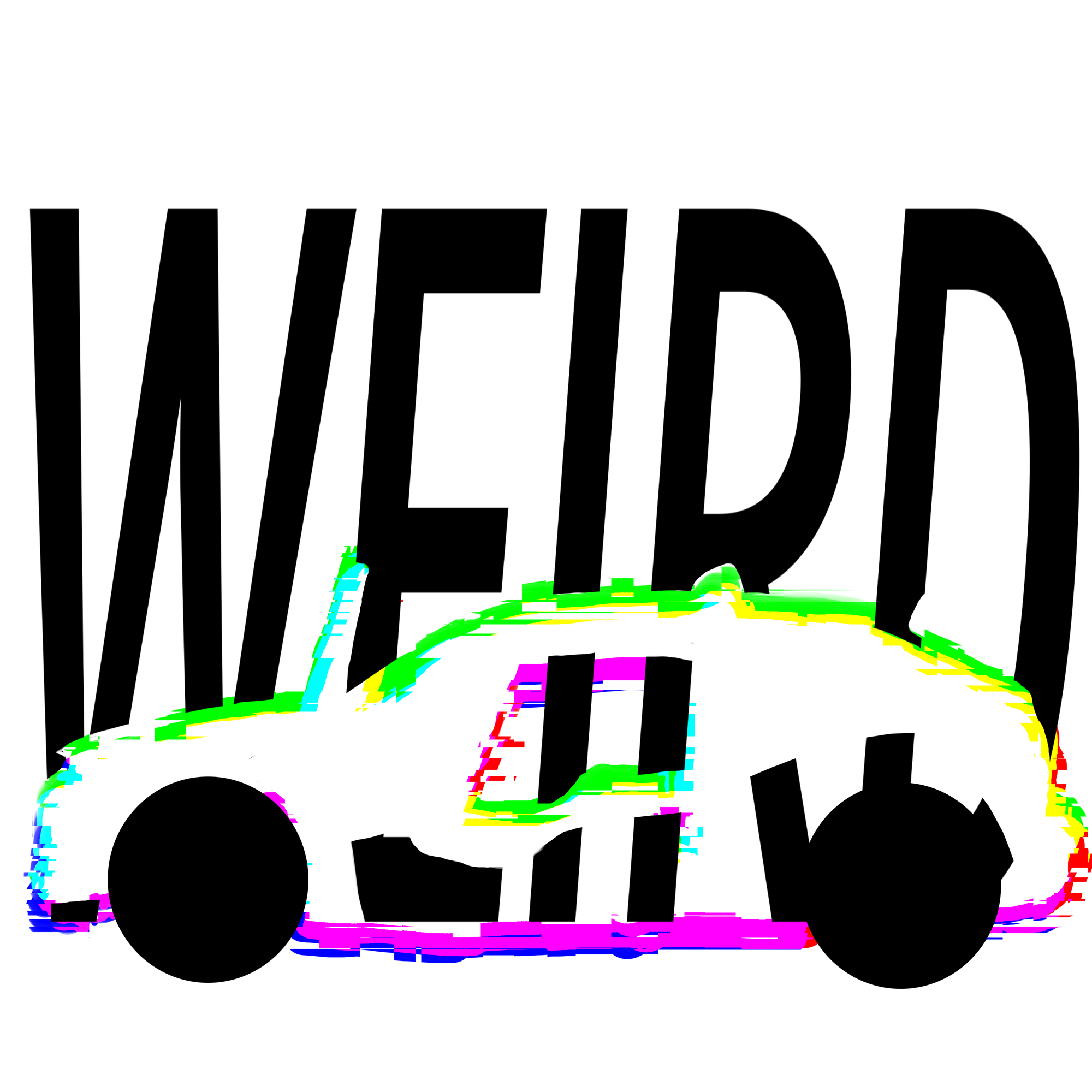

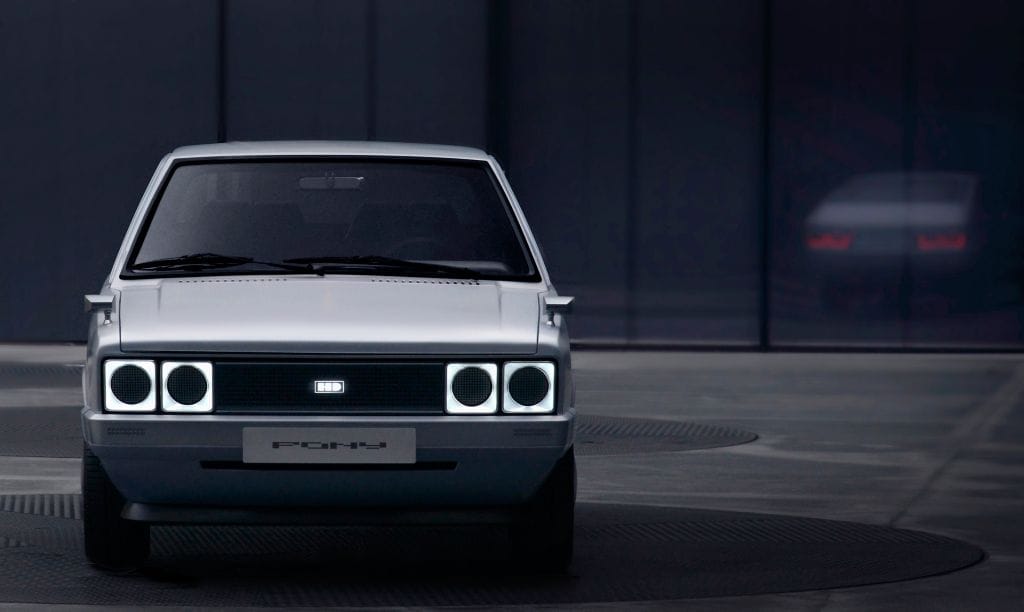
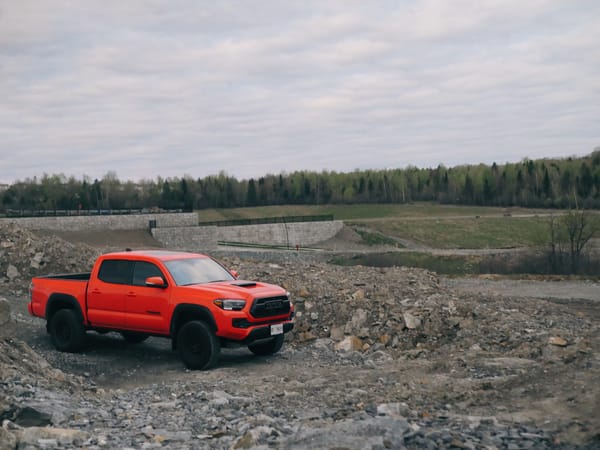
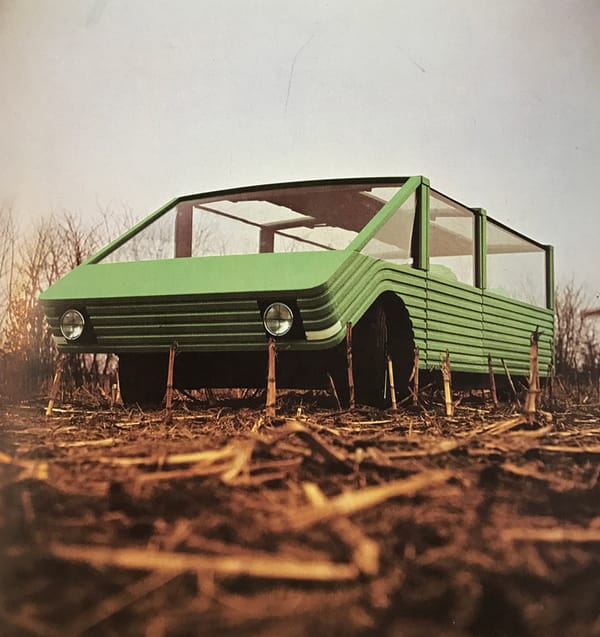
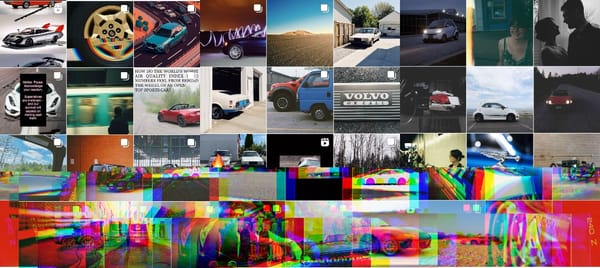
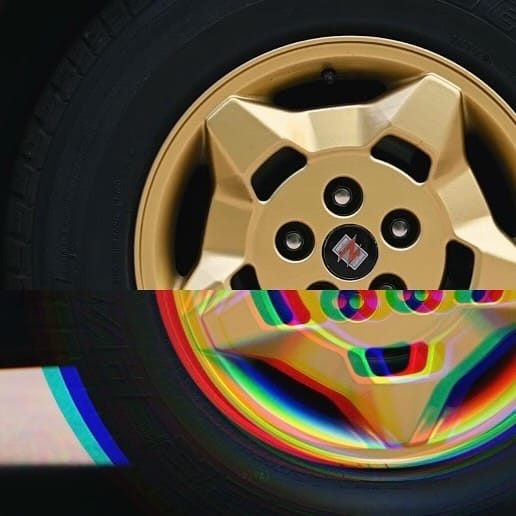
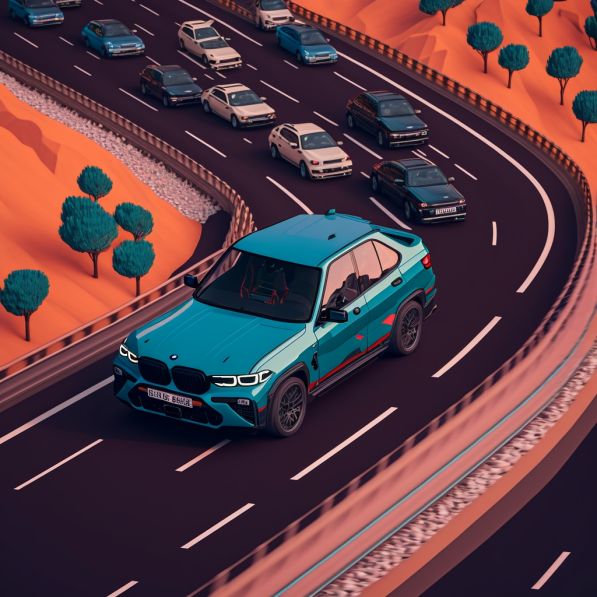
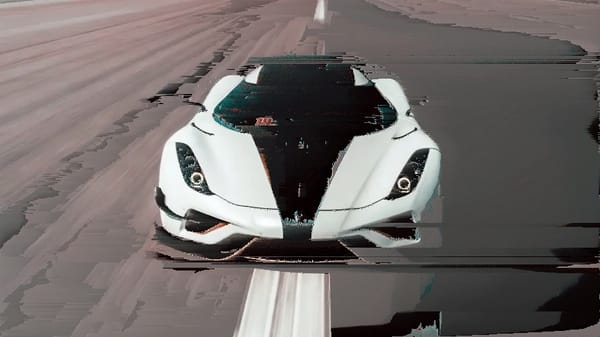
Member discussion